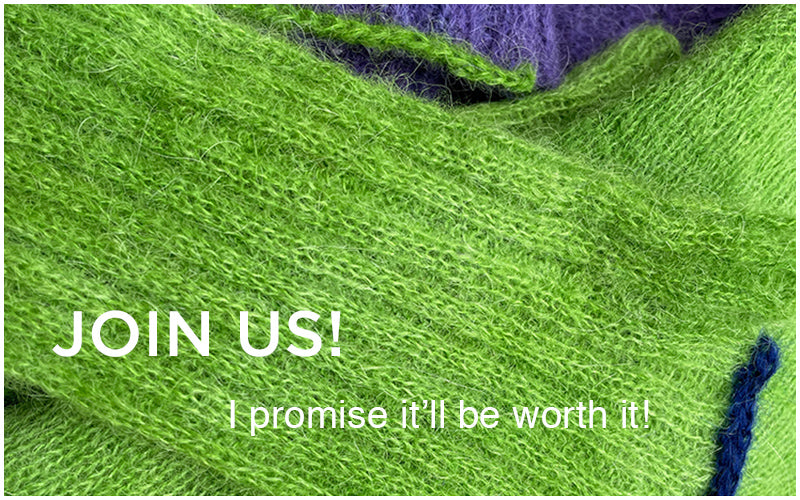Sustainability
My own business model has always been based on American made and organic natural fibers. Having owned an organic clothing boutique for 9 years, I am very committed to sustainability. It is also very important to me to support family mills with a legacy in yarn and craftsmanship. I travel when possible to source the yarns directly, to tour the mills and meet the families running the mills. Great care is taken to ensure the quality of the natural fibers as well as the source.
Merino Wool
I work with an Italian Mill who sources their wool with the Zque accreditation, a consortia of farmers in the South Island of New Zealand who have agreed to farm with a set of principles that combines natural performance wool with an accreditation program that ensures environmental, social and economic sustainability, animal welfare (non-mulesed) and traceability back to the source. This wool is honestly the softest fiber that I work with, softer than any cashmere.
Silk
A large percentage of the collection is made using silk. A majority of the silk is Tussah, meaning it has nubs and other organic matter in the silk. Silk is the strongest fiber that I use from a longevity point of view; its inherit strength, durability and weight allow for it to be made into garments that may be worn year round. The majority of the silks come from one of the two last remaining silk mills in Northern Italy that actually spin their own yarn. It was a privilege to visit these mills and experience the process myself. The region has historically been the center of textile manufacturing. With the economy downturn in 2008, many of these mills have closed and/or relocating to Eastern Europe or China.
Organic Alpaca
I work with a farm in Pennsylvania to source my alpaca yarns. All of Caroline’s alpacas are named and as such every cone of yarn identifies the animal by name. Caroline raises her Alpaca with strict organic farming practices, however since these animals are also her pets if one should get sick she does administer antibiotics.
Cashmere
I use two different sources of cashmere: one directly from Mongolia, to which I traveled to a few years back and found a mill to source directly and the other a recycled cashmere made in Italy. Given that most of the world’s supply of cashmere is from China I wanted to support the nomads in Mongolia and their country. Most of the world’s supply of cashmere is brokered through China and the fleece is taken out of Mongolia as a raw good. By buying cashmere yarn, spun in Ulaanbaatar, Mongolia I was able to support a chain of custody that encourages Mongolians to take a raw good, process it and to sell it as a finished good, hence providing an industry and exportable product.
Recycled cashmere
Having traveled to Mongolia and seeing what is happening to the nomadic lifestyle as impacted by global warming and other economics in the country, it is apparent that supplementing my cashmere with recycled cashmere is a great alternative/addition. The recycled cashmere comes from Italy where during WWII they created the technology of recycling wool to create new yarn as Italy was unable to secure new fibers. The recycled Cashmere yarn is as soft as first generation cashmere.
Camel
I brought back 8 kilos of camel hair from Mongolia. The camel hair is collected naturally and it was truly amazing to see the camels in Mongolia. The fiber while being lace weight is the warmest fiber I work with.
Organic Cotton
I use organic cotton when I use cotton. Cotton is a very short fiber and tends to break in the knitting process so for me I use the organic cotton sparingly, as I prefer silk, linen or wool. I source my Cotton from Sally Fox who has been at the forefront of organic cotton farming in the US.
